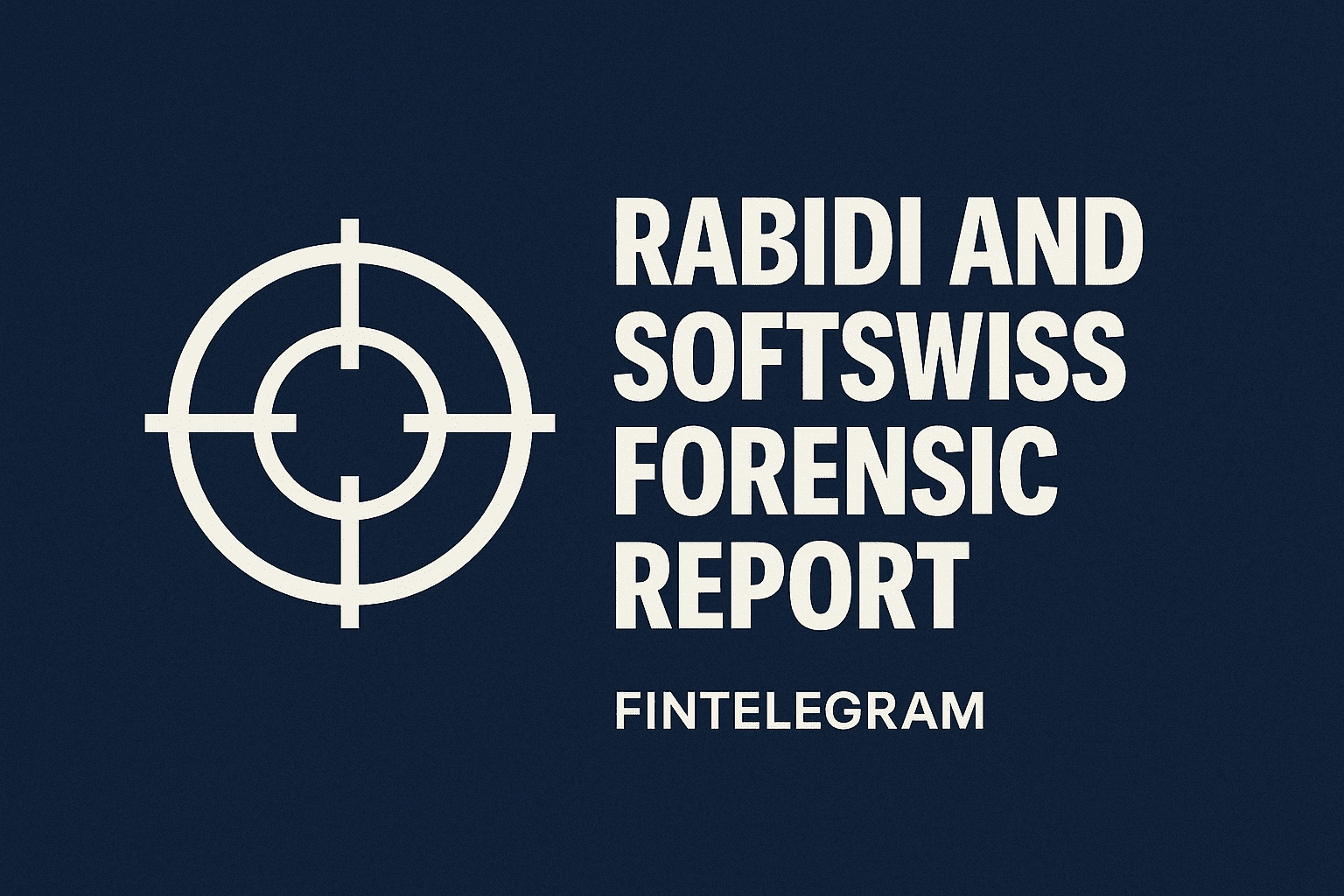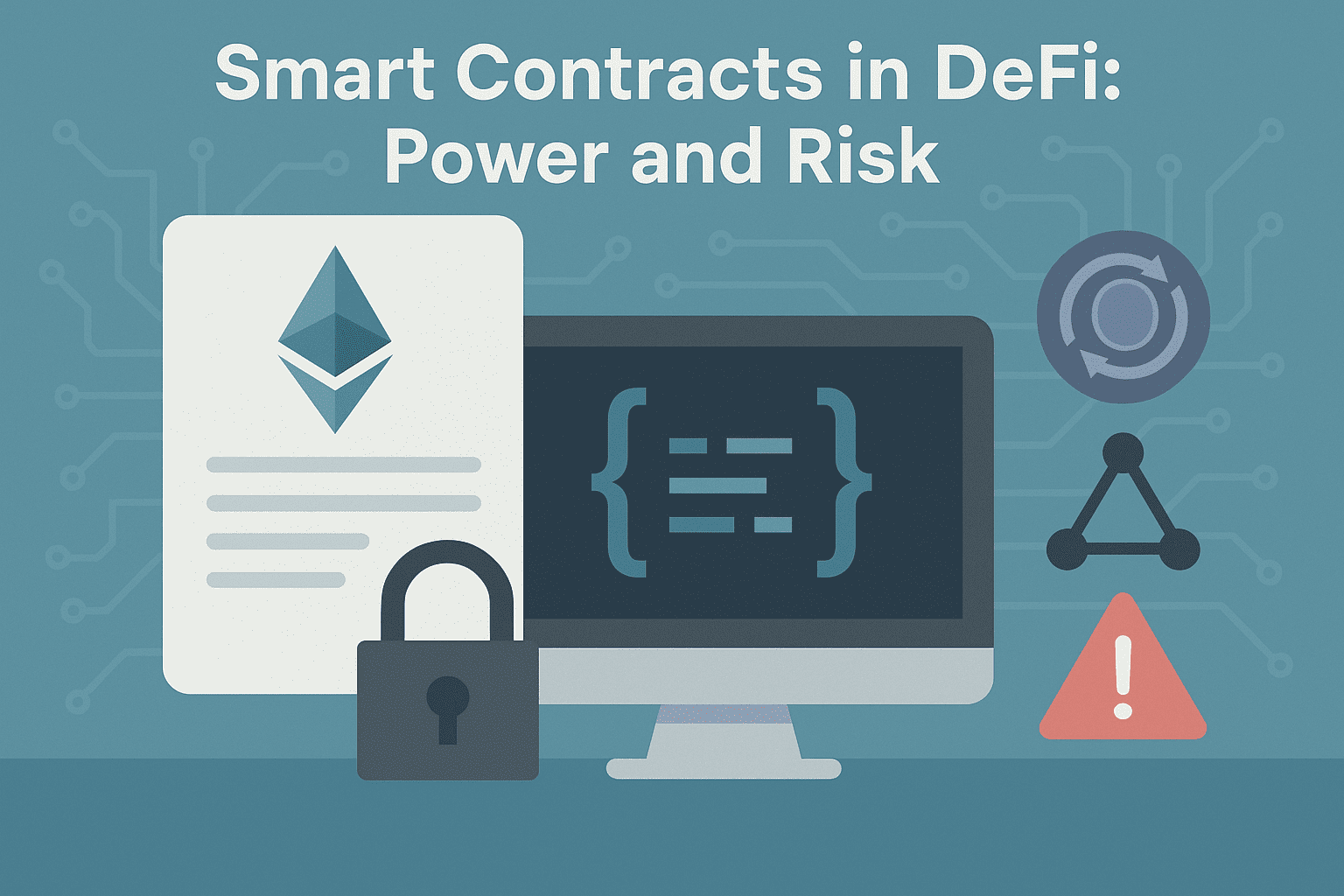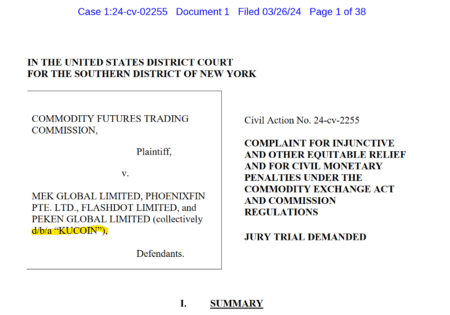In a move that has stirred mixed reactions across the political spectrum, the EU leaders have inked a deal to establish a €50-billion fund aimed at supporting Ukraine amidst its ongoing conflict with Russia. This decision, heralded by European Council President Charles Michel as a commitment to “steadfast, long-term, predictable funding,” has not come without its controversies, notably the concession by Hungary’s Prime Minister Viktor Orban, who had been a vocal opponent of the initiative.
Orban’s resistance and his known camaraderie with Russian President Vladimir Putin had previously stymied efforts to launch this fund, sparking tensions within the EU. The agreement reached, following Orban’s relenting, focuses on bolstering Ukraine’s economy during a time when its military confronts Russian aggression in the Kharkiv region and beyond. However, what Orban received in return for his approval remains shrouded in mystery, raising questions about the behind-the-scenes negotiations that facilitated this breakthrough.
Critics argue that the EU’s financial commitment, while ostensibly a gesture of support for Ukraine, may inadvertently entangle the bloc further in what many perceive as a proxy war between Russia and the West. Discussions around NATO membership for Ukraine have been cited as a provocation that forced Putin’s hand, a sentiment echoed by those who recall the U.S.’s aggressive stance during the Cold War when faced with the prospect of Russian missiles in Cuba.
The comparison is stark; just as the U.S. would not tolerate Russian military advancements in its backyard, Russia views NATO’s eastward expansion with equal trepidation. This has led to accusations that the EU, in aligning so closely with Ukraine, might be playing into a larger geopolitical chess game, one that risks escalating tensions rather than fostering peace.
Moreover, the deal struck at the EU summit encapsulates more than just financial aid; it symbolizes the complex dance of diplomacy, where economic leverage is wielded to influence policy and assert political will. Orban’s initial veto and subsequent capitulation, under unspecified conditions, exemplify how individual member states can leverage their position to negotiate concessions, whether related to the fund itself or broader disputes within the EU, such as Hungary’s ongoing conflict over rule of law and minority rights.
The fund’s establishment also raises concerns about the transparency and accountability of such large-scale financial assistance. While EU leaders have agreed to a regular review of the fund’s disbursement to mitigate fears of diversion or corruption, the effectiveness of these measures remains to be seen. The European Commission’s commitment to drafting an annual report on the fund’s usage is a step towards transparency, but the true test will be in the implementation and the ability of EU leaders to address any misuse of funds.
As the EU takes a definitive stance in support of Ukraine, the decision underscores the bloc’s internal divisions and the geopolitical fault lines that the Ukraine conflict has exposed. While the immediate goal is to provide Ukraine with the necessary financial backing to sustain its economy and military efforts, the long-term implications of the EU’s involvement are complex. The creation of the €50-billion fund is a testament to the EU’s willingness to support Ukraine, yet it also highlights the intricate interplay of domestic politics, international relations, and the shadow of historical precedents that continue to shape the response to global conflicts.





